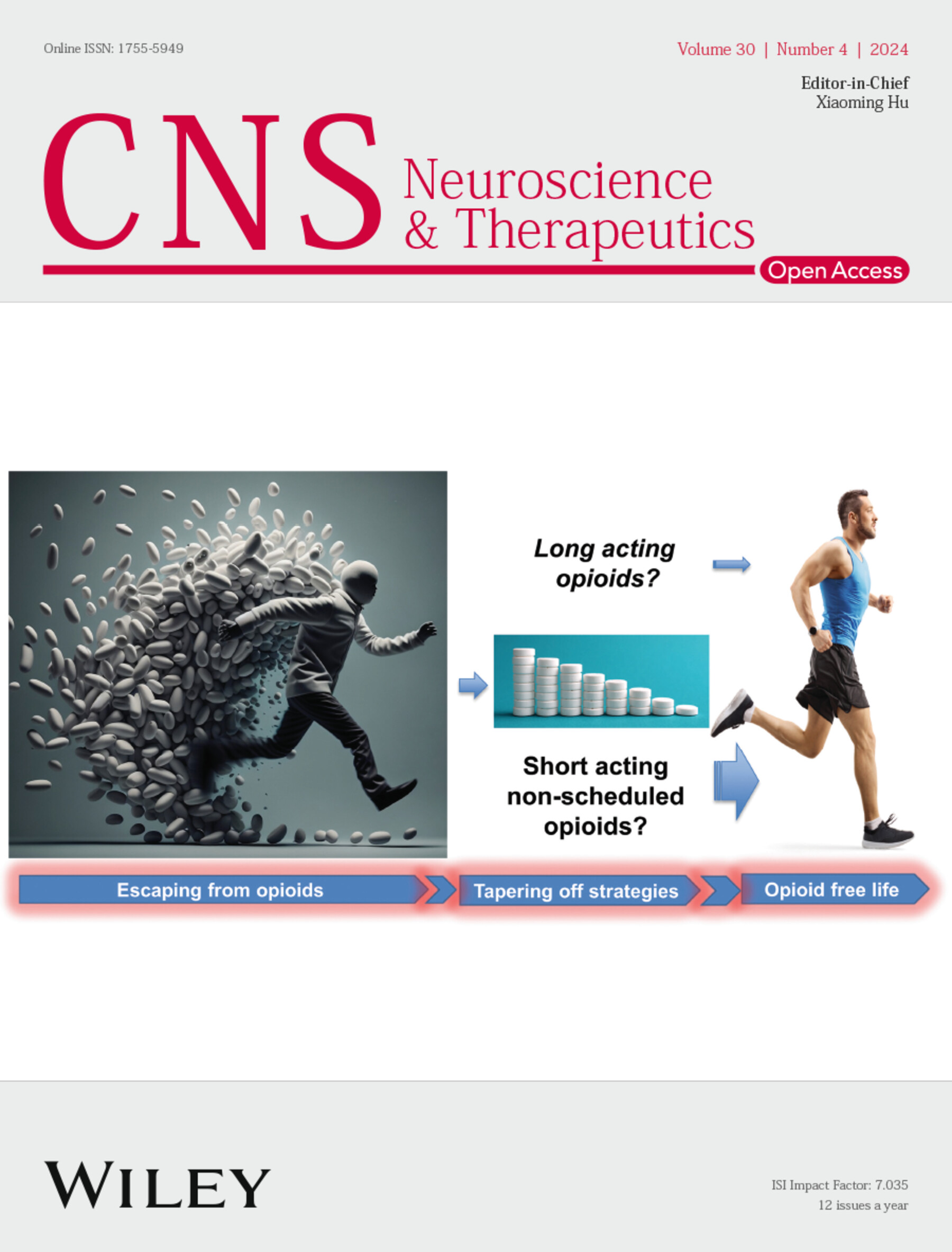The Role of TCD in Assessing Postoperative Collateral Development and Long-Term Clinical Outcome in Moyamoya Disease
Abstract
Aims
To explore the role of transcranial Doppler (TCD) parameters after encephaloduroarteriosynangiosis (EDAS) to identify collateral development in moyamoya disease (MMD) and assess the relationship between these collateral formations and long-term postoperative cerebrovascular events.
Methods
A retrospective analysis of 91 MMD patients who underwent EDAS. Patients were categorized into rich or poor collateral groups based on postoperative angiography. TCD was used to monitor changes in hemodynamic parameters pre-and post-surgery. The association between clinical outcome, TCD parameters, and the degree of collateral development was investigated.
Outcomes
Ninety-one patients were assessed, with 45 (49.0%) exhibiting rich collaterals and 46 (51.0%) showing poor collaterals. Over 2 years, the rich collateral group experienced significantly fewer cerebrovascular events than the poor collateral group (p = 0.041). Postoperative evaluations demonstrated significant improvements in hemodynamic parameters within the rich collateral group, including increases in peak-systolic velocity (PSV), end-diastolic velocity (EDV), and mean velocity (MV), alongside decreases in resistance index (RI) and pulsatility index (PI) (p < 0.05). An EDV cutoff of > 16.62 cm/s in the superficial temporal artery (STA) effectively identified collateral development, yielding an area under the curve (AUC) of 0.907. Additionally, multivariate analysis revealed a strong association between preoperative MV of the STA and collateral formation.
Conclusion
TCD sonography is a non-invasive modality essential for assessing cerebral hemodynamics after revascularization in MMD. Collateral development shown on angiography corresponds to hemodynamic changes reflected in TCD. The postoperative EDV of the STA was a vital indicator of effective collaterals. Patients with well-developed collaterals were at a lower risk of long-term cerebrovascular events post-surgery.


 求助内容:
求助内容: 应助结果提醒方式:
应助结果提醒方式:


